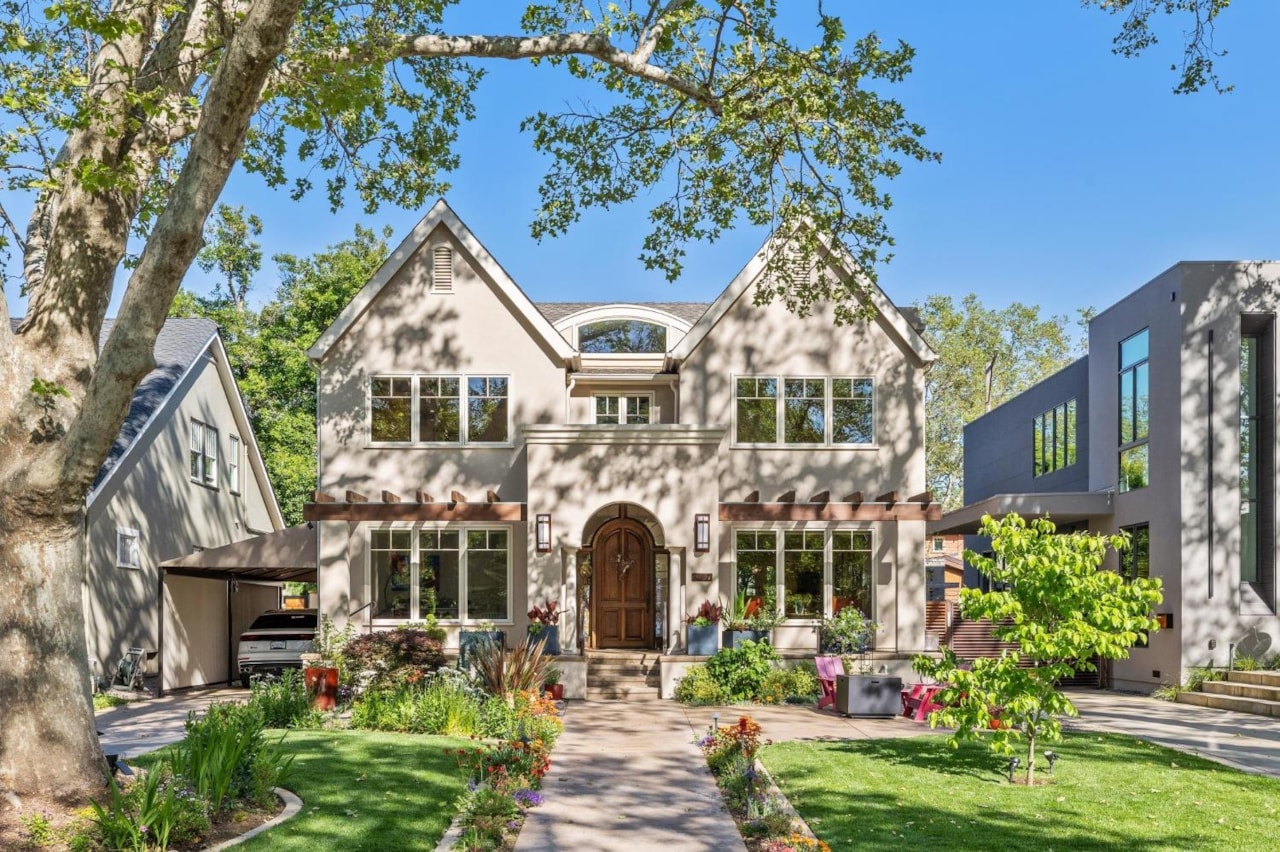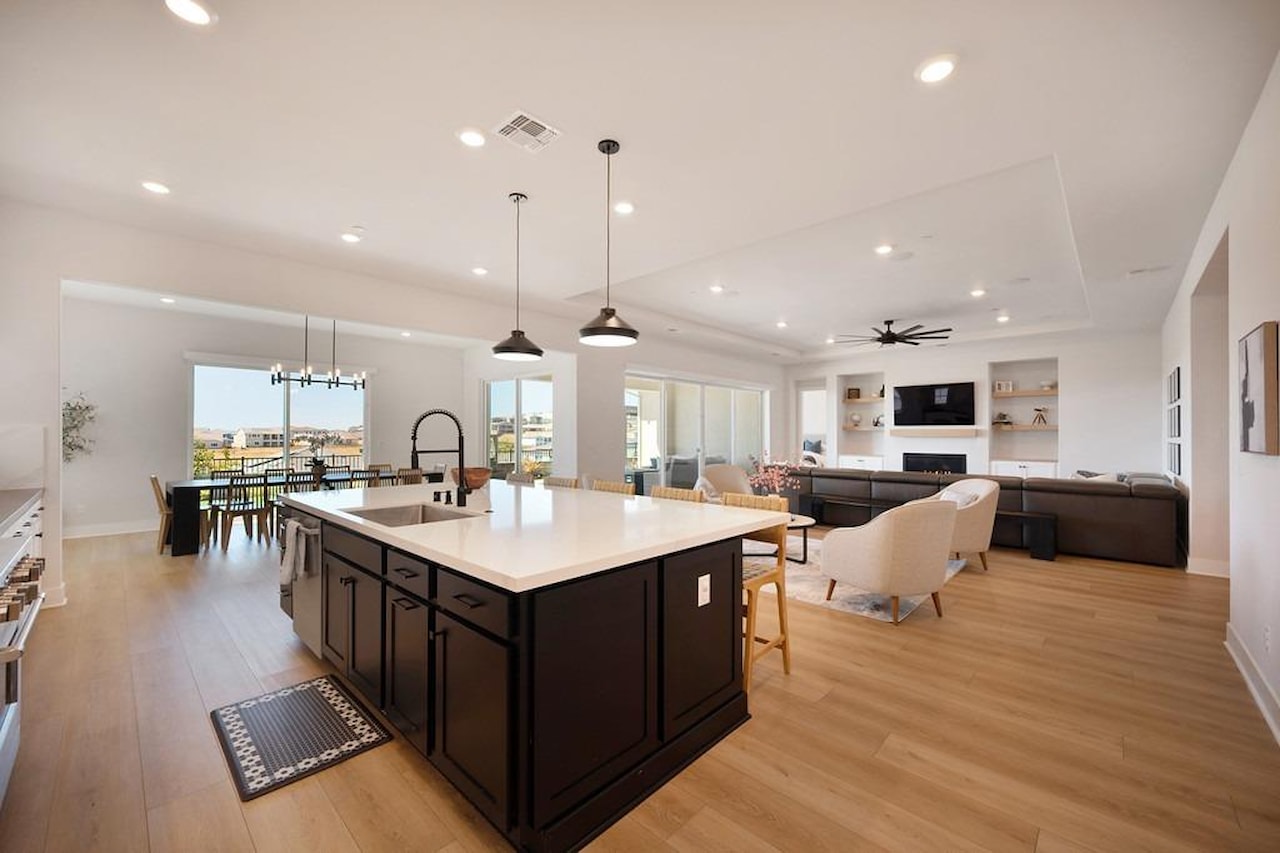Indoor-outdoor living spaces have become increasingly popular in modern home design, offering a seamless connection between the comfort of the indoors and the beauty of the outdoors. These spaces blend the best of both worlds, allowing you to enjoy nature while still being in the comfort of your home. Whether you have a spacious backyard, a compact patio, or a small balcony, creating an indoor-outdoor living area can enhance your home’s functionality, aesthetic appeal, and overall quality of life.
In this blog, we’ll explore the key elements, design strategies, and practical tips for creating an indoor-outdoor living space that is both stylish and functional.
1. Understanding Indoor-Outdoor Living Spaces
An indoor-outdoor living space blurs the lines between the interior and exterior of a home, creating a cohesive area that can be used for relaxation, entertainment, dining, and recreation. It typically involves opening up walls, using large glass doors or windows, and incorporating similar design elements both inside and out.
The goal is to create a harmonious flow between the two spaces, enhancing natural light, ventilation, and accessibility while maintaining a consistent design aesthetic.
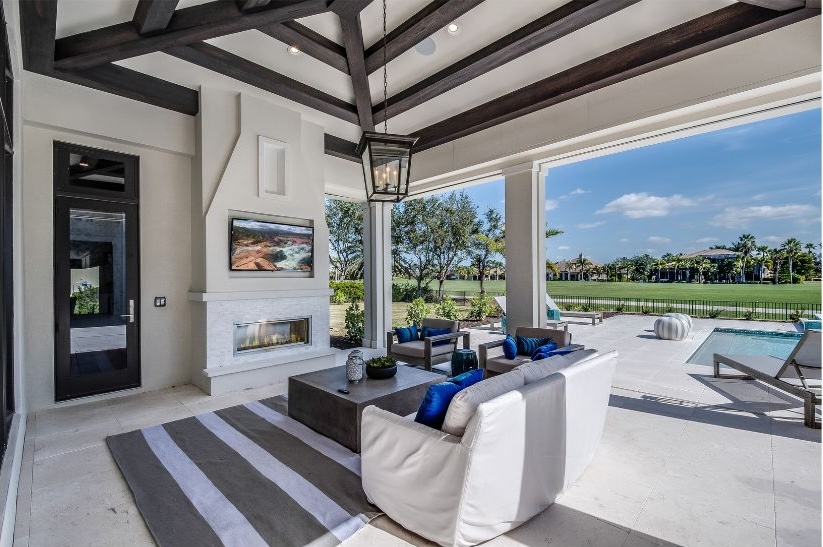
2. Key Elements of an Indoor-Outdoor Living Space
To create a successful indoor-outdoor living area, consider the following key elements:
a. Open Layout and Flow:
The foundation of an indoor-outdoor space is an open layout that allows for smooth traffic flow between the interior and exterior. This can be achieved by incorporating large sliding glass doors, bi-fold doors, or French doors that can be fully opened to connect the indoor and outdoor areas seamlessly. This also maximizes natural light and provides unobstructed views of the outdoors.
b. Consistent Design and Aesthetic:
To create a cohesive indoor-outdoor living space, it’s important to maintain a consistent design theme. Use similar colors, materials, textures, and styles both inside and out to create a sense of continuity. For example, if your interior features neutral tones and natural wood finishes, extend these elements to the outdoor space with wooden furniture, neutral-colored cushions, and natural stone accents.
c. Functional Zoning and Versatility:
Design the indoor-outdoor space with functional zones in mind, such as areas for lounging, dining, cooking, and entertaining. This can be achieved through thoughtful furniture arrangements, lighting, and landscaping. Consider using versatile furniture that can easily be rearranged or serve multiple purposes, such as foldable chairs, stackable stools, or modular sofas.

d. Indoor and Outdoor Furniture Integration:
Choose furniture that complements both the interior and exterior settings. Opt for pieces that are durable, weather-resistant, and comfortable. Consider furniture materials like teak, rattan, aluminum, or wrought iron that are suitable for outdoor use but also look stylish indoors. Incorporate cushions, rugs, and throws to add warmth and coziness to the space.
e. Natural Light and Ventilation:
Maximizing natural light and ventilation is essential for creating a comfortable and inviting indoor-outdoor living space. Large windows, skylights, glass doors, and open-air features help bring in ample sunlight and fresh air. This creates a bright, airy environment that feels spacious and connected to nature.
f. Landscaping and Greenery:
Integrating plants and greenery into your indoor-outdoor space is a great way to enhance its natural appeal. Incorporate potted plants, vertical gardens, planters, and hanging baskets to add color, texture, and a sense of tranquility. Consider using native plants that thrive in your climate and require minimal maintenance.

3. Designing an Indoor-Outdoor Living Space: Step-by-Step Guide
Here’s a step-by-step guide to designing a beautiful and functional indoor-outdoor living space:
Step 1: Plan the Layout and Define the Purpose
Start by planning the layout of your indoor-outdoor living area. Consider how you want to use the space—whether it’s for dining, entertaining, relaxing, or a combination of purposes. Define the different zones within the space and determine how they will connect to each other and to the rest of your home.
Step 2: Choose the Right Doors and Windows
Doors and windows play a crucial role in creating a seamless connection between indoor and outdoor spaces. Choose options that maximize natural light and ventilation while providing easy access. Popular choices include:
- Sliding Glass Doors: These doors are ideal for creating wide openings and maximizing views. They slide along a track and take up minimal space.
- Bi-Fold Doors: Bi-fold doors fold away completely to open up an entire wall, creating a truly open space.
- French Doors: French doors add a classic touch and provide a wider opening than standard doors. They can be used for smaller spaces or as a secondary entrance.
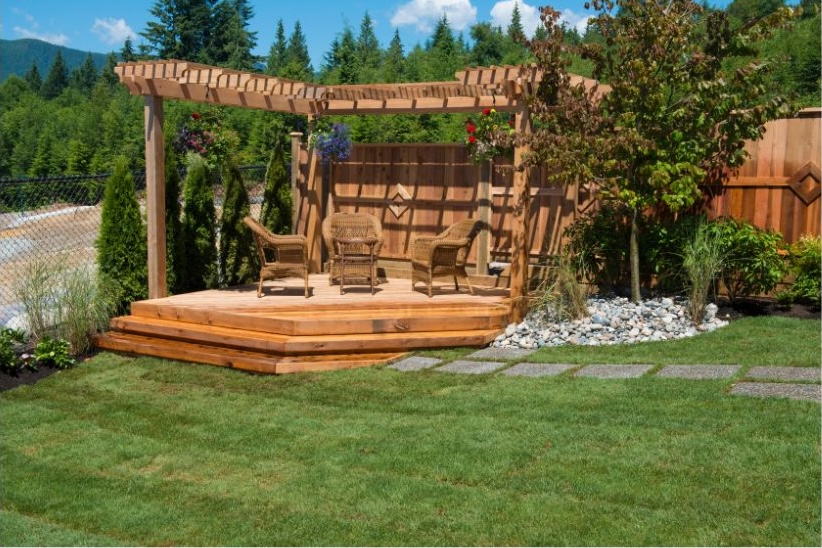
Step 3: Select Complementary Materials and Finishes
To create a sense of continuity between the indoor and outdoor areas, choose materials and finishes that complement each other. Use similar flooring materials, such as natural stone, tiles, or wood, to create a seamless transition. Alternatively, use different materials in complementary colors to distinguish the two spaces while maintaining harmony.
Step 4: Incorporate Indoor and Outdoor Furniture
Choose furniture that works well in both indoor and outdoor settings. For example, consider using an outdoor dining set that is stylish enough to be used indoors, or select a sectional sofa that can be rearranged to suit different layouts. Add soft furnishings like cushions, rugs, and throws to make the space feel cozy and inviting.
Step 5: Integrate Lighting and Heating Solutions
Lighting and heating are important for creating an indoor-outdoor living space that can be enjoyed year-round. Incorporate a mix of ambient, task, and accent lighting to create a warm and welcoming atmosphere. String lights, lanterns, and outdoor sconces can add a touch of charm. For cooler weather, consider outdoor heaters, fire pits, or built-in fireplaces to keep the space comfortable.
Step 6: Add Greenery and Landscaping
Plants and greenery are essential for creating a natural and relaxing indoor-outdoor space. Incorporate potted plants, vertical gardens, hanging baskets, or green walls to add visual interest and a touch of nature. Choose a variety of plants that provide color, texture, and seasonal interest. Use landscaping elements like gravel, decking, or stone paths to define outdoor zones.
Step 7: Create Shade and Shelter
To make your indoor-outdoor space usable throughout the year, consider adding shade and shelter options. Retractable awnings, pergolas, umbrellas, or shade sails can provide protection from the sun and rain. Consider using outdoor curtains or screens for added privacy and to block out harsh sunlight.
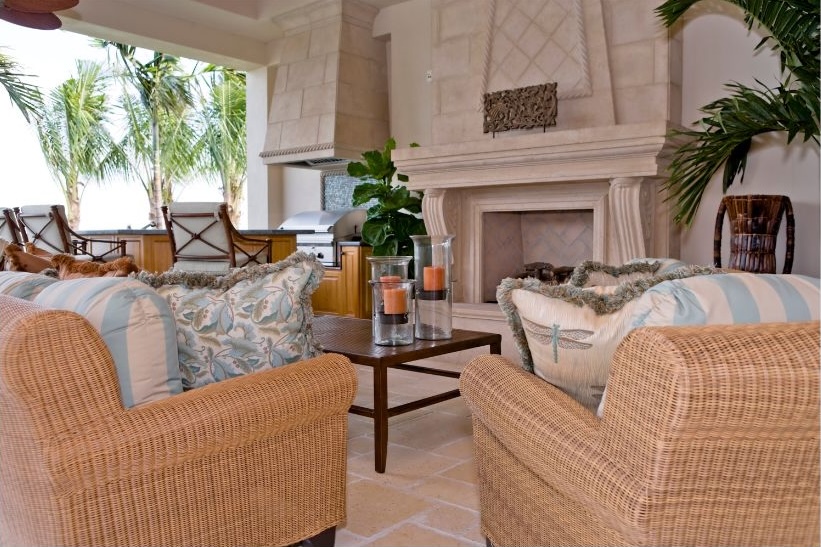
4. Tips for Enhancing Indoor-Outdoor Living Spaces
Here are some additional tips for enhancing your indoor-outdoor living space:
a. Use Outdoor Rugs to Define Areas:
Outdoor rugs are a great way to define different areas within your indoor-outdoor space. They add color, texture, and warmth while helping to visually separate zones such as dining, lounging, or entertaining areas.
b. Install a Built-In Outdoor Kitchen or Bar:
For those who love to entertain, a built-in outdoor kitchen or bar can be a fantastic addition to an indoor-outdoor living space. It allows you to cook and serve food outdoors, making it convenient and enjoyable for gatherings. Consider incorporating a grill, sink, countertop, and storage for added functionality.
c. Incorporate Water Features:
Water features like fountains, ponds, or small waterfalls can add a sense of tranquility and relaxation to your indoor-outdoor space. The soothing sound of flowing water can create a calming ambiance and serve as a focal point in the garden.
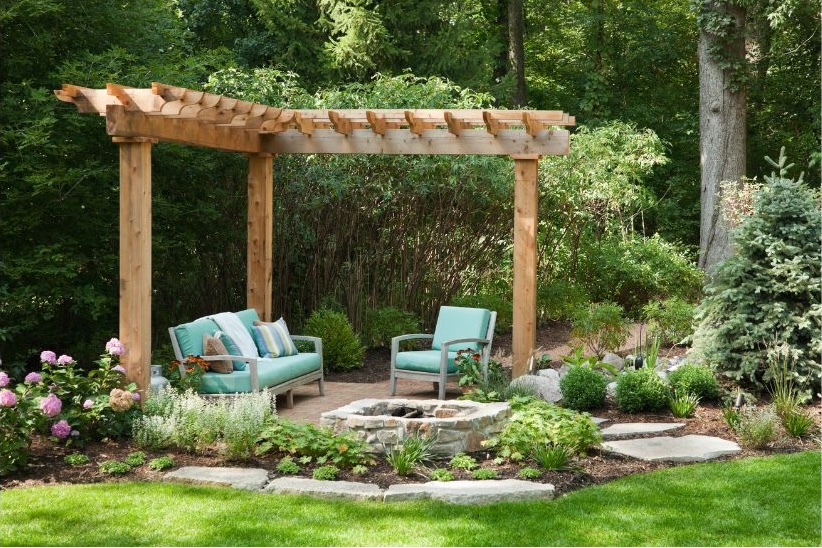
d. Maximize Vertical Space:
In smaller indoor-outdoor areas, make the most of vertical space by using hanging planters, wall-mounted shelves, or vertical gardens. This not only adds greenery but also maximizes the use of space without crowding the floor area.
e. Use Flexible and Modular Elements:
Flexible and modular elements allow you to easily reconfigure your indoor-outdoor space for different activities or seasons. For example, use modular seating that can be rearranged or foldable furniture that can be stored away when not in use.
f. Create a Sense of Privacy:
To make your indoor-outdoor living space feel more private and intimate, consider using privacy screens, trellises, or tall plants. These can create a sense of enclosure and block out unwanted views from neighboring properties.
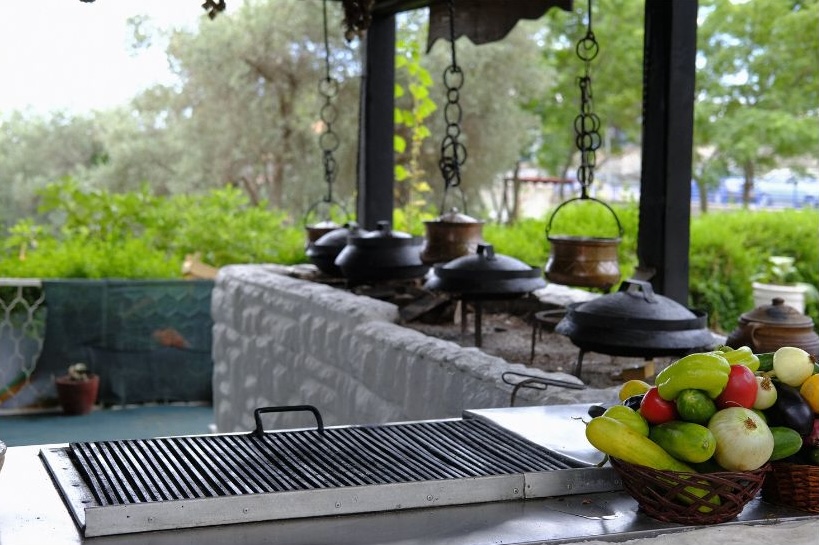
5. Inspiring Examples of Indoor-Outdoor Living Spaces
Here are some inspiring examples of indoor-outdoor living spaces that successfully blend interior and exterior environments:
- Modern Minimalist Home with Sliding Glass Doors: This home features a sleek, modern design with large sliding glass doors that open up to a spacious patio with comfortable seating and lush greenery. The use of neutral colors and natural materials creates a seamless flow between the indoor and outdoor areas.
- Rustic Farmhouse with a Covered Patio: A rustic farmhouse with a covered patio seamlessly connects the kitchen and living room to the outdoors. The patio features wooden beams, comfortable seating, an outdoor fireplace, and a dining area, creating a warm and inviting space for entertaining.
- Urban Apartment with a Small Balcony: A compact urban apartment makes the most of its small balcony by using foldable furniture, vertical gardens, and potted plants. Large glass doors connect the living room to the balcony, creating an extension of the indoor space.
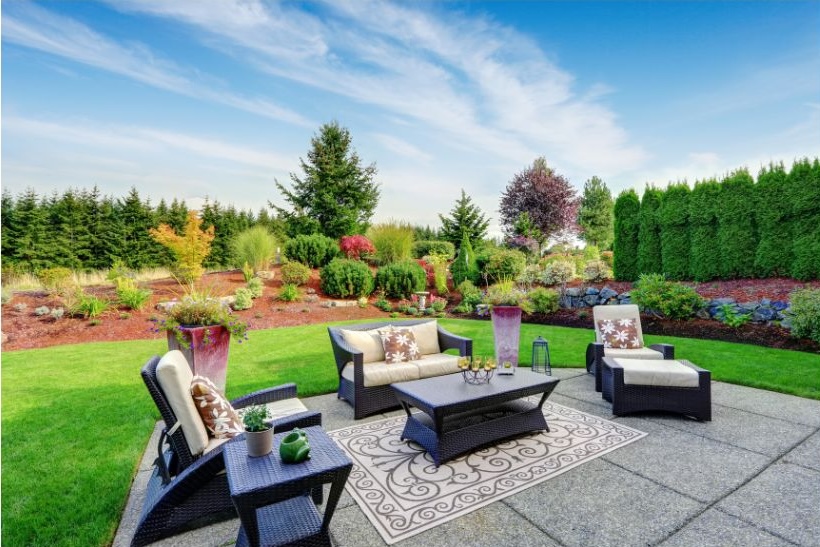
6. Conclusion
Creating an indoor-outdoor living space can transform your home into a harmonious oasis that enhances your lifestyle, connects you with nature, and provides a versatile space for relaxation, dining, and entertainment. By carefully considering layout, design, materials, furniture, and landscaping, you can create a beautiful and functional space that seamlessly blends the indoors and outdoors.
Whether you have a spacious backyard, a cozy patio, or a small balcony, there are endless possibilities for designing an indoor-outdoor living area that suits your needs and preferences. Embrace the beauty of nature and enjoy the comfort of your home by creating an indoor-outdoor space that you and your loved ones can enjoy year-round.
If there’s anything we can do to support you or if you have any questions about real estate please feel free to reach out to me and my team we would be happy to help you. We love being Sacramento’s real estate resource. Till next time Sacramento!

Check out more DIY tips here!


